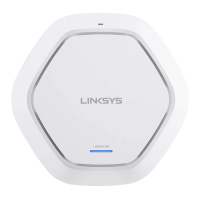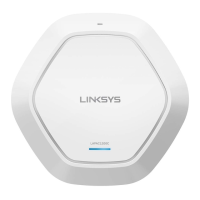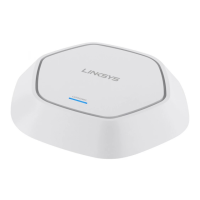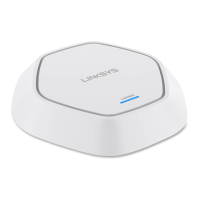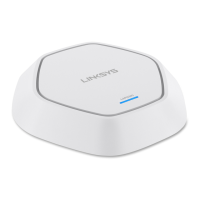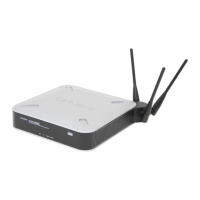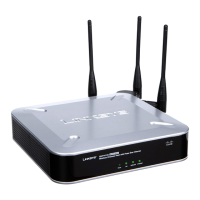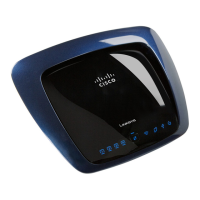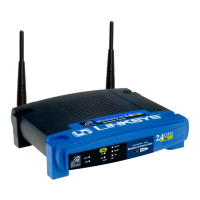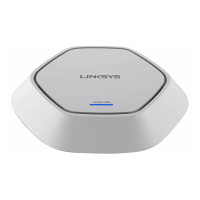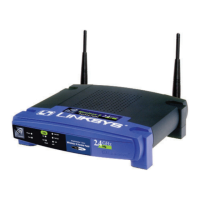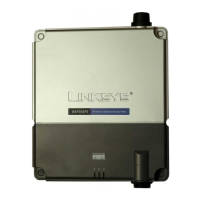80
Section 3: Configuring the Access Point
LAPAC1750PRO Access Point Software User Manual
Mark Class of Service Select this field to mark all packets for
the associated traffic stream with the
specified class of service value in the
priority field of the 802.1p header. If
the packet does not already contain
this header, one is inserted. The CoS
value is an integer from 0–7.
Mark IP DSCP Select this field to mark all packets for
the associated traffic stream with the
IP DSCP value you select from the list
or specify.
Select from List
Select from a list of DSCP types.
Mark IP Precedence Select this field to mark all packets for
the associated traffic stream with the
specified IP precedence value. The IP
precedence value is an integer from
0–7.
Disassociate Class Map Select this option and click Save to
remove the class selected in the Class
Map Name menu from the policy
selected in the Policy Map Name
menu.
Member Classes Lists all DiffServ classes currently
defined as members of the selected
policy. If no class is associated with
the policy, the field is empty.
Delete Policy Map Select this field to delete the policy
map showing in the Policy Map
Name menu.
To delete a Policy Map, select the Delete Policy Map option and click Save.
Client QoS Status
The Client QoS Status page shows the client QoS settings that are applied to
each client currently associated with the AP.
To view QoS settings for an associated client, click the Configuration > QoS and
Access Control > Client QoS Status tab.
Figure 41: Client QoS Status
Table 49: Client QoS Status
Field Description
Station The Station menu contains the MAC address of each client
currently associated with the AP. To view the QoS settings
applied to a client, select its MAC address from the list.
QoS Mode Shows whether the QOS mode for the selected client is up
(enabled) or down (disabled).
Note: For the QoS Mode to be enabled on a client, it must be
globally enabled on the AP and enabled on the VAP the client
is associated with. Use the Global Settings page to enable the
QoS Global Admin mode and the per-VAP QoS Mode.
Bandwidth
Limit Up
Shows the maximum allowed transmission rate from the
client to the AP in bits per second (bps). The valid range is
0–4294967295 bps.
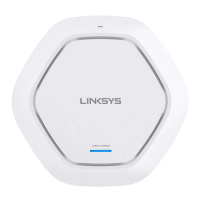
